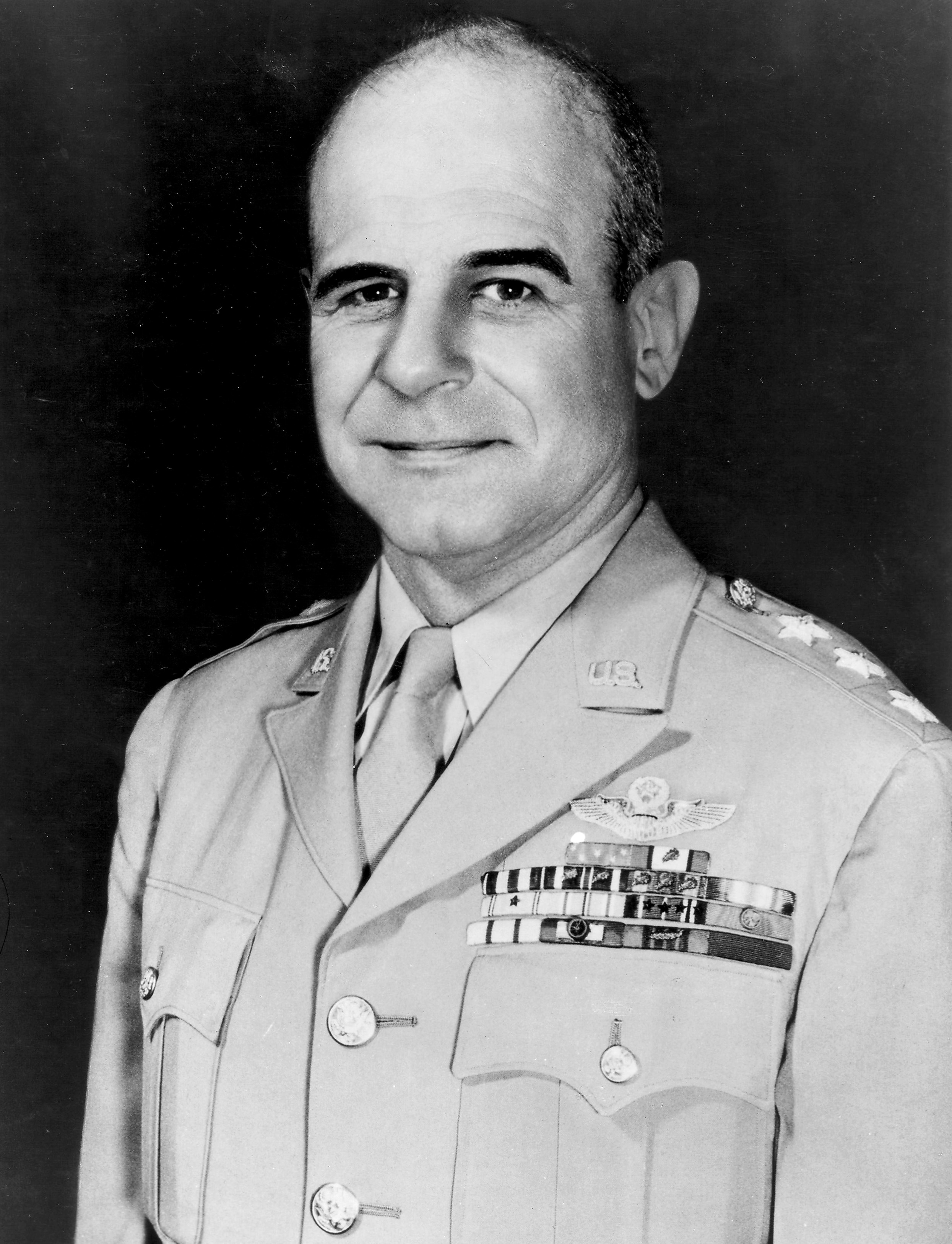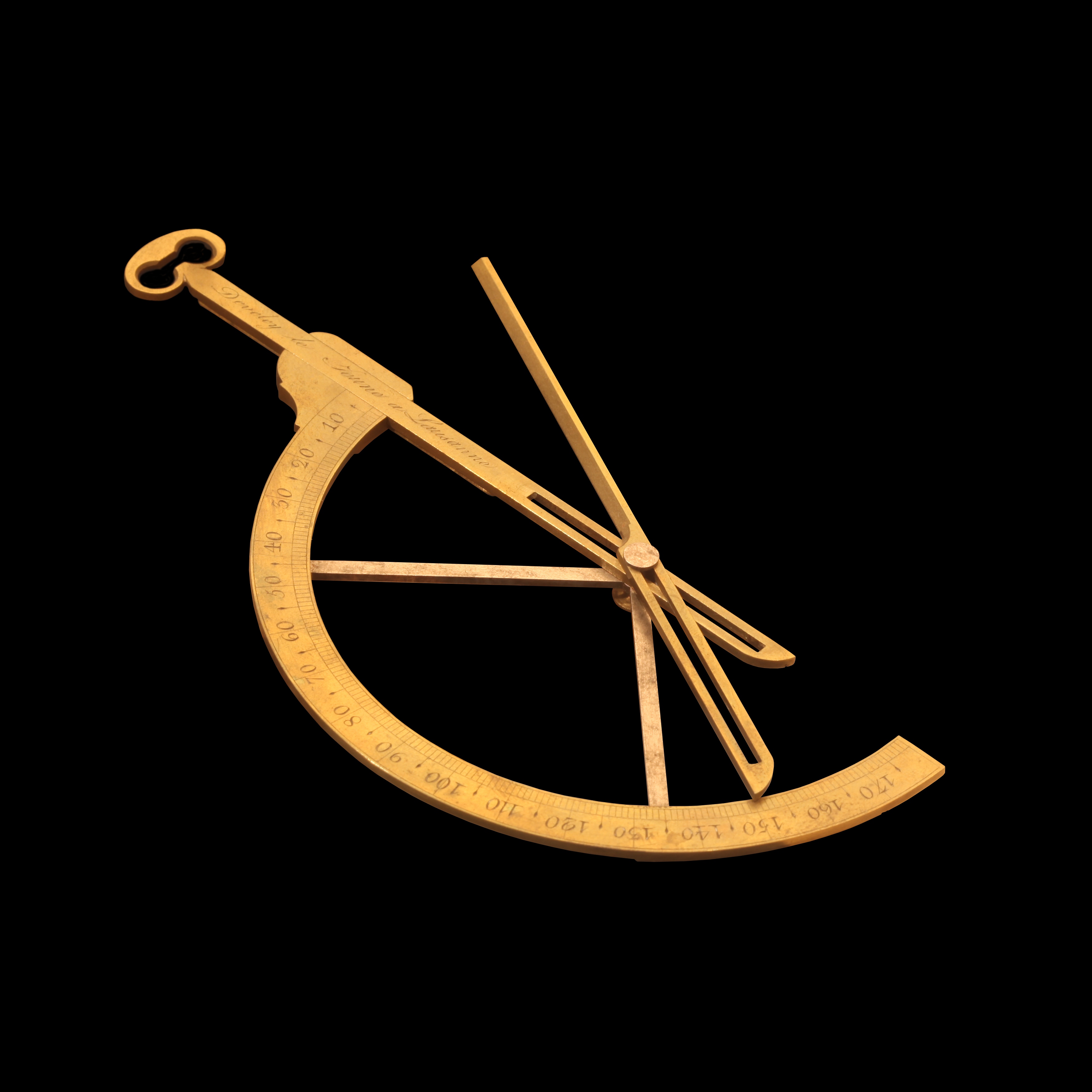|
SCR-277
The SCR-277 was a mobile, trailer mounted radio range set for radio guidance of aircraft. It was standardized by the U.S. Army in June 1941. Specifications The SCR-277 was used as a navigation aid. It included the BC-467 transmitter with an RF output power of 800 watts, the BC-468 Goniometer, and BC-342 receiver. Frequencies utilized were 200-400 kHz for transmission and 1.5-18 MHz for reception. Radio range homing equipment transmitted tone identification signals to aircraft that lacked a radio compass but were equipped with command sets. Range was approximately 300 miles. It was powered by a single PE-90 generator. Use In operation the transmitter sends out signals coded "A" or "N" in each of the four quadrants around the beacon. The signals overlap on the range, providing the pilot of the aircraft an indication of his position in relation to location of the beacon. Thus, if he is heading toward the beacon he will receive an aural signal coded "A" or "N" if he is between the b ... [...More Info...] [...Related Items...] OR: [Wikipedia] [Google] [Baidu] |
Radio Range
The low-frequency radio range, also known as the four-course radio range, LF/MF four-course radio range, A-N radio range, Adcock radio range, or commonly "the range", was the main Radio navigation, navigation system used by aircraft for instrument flight rules, instrument flying in the 1930s and 1940s, until the advent of the VHF omnidirectional range (VOR), beginning in the late 1940s. It was used for en route navigation as well as instrument approaches and Holding (aviation), holds. Based on a network of radio towers which transmitted Radiation pattern, directional radio signals, the radio range defined specific Airway (aviation), airways in the sky. Pilots navigated using low-frequency radio by listening to a stream of automated "A" and "N" Morse codes. For example, they would turn the aircraft to the right when hearing an "N" stream ("dah-dit, dah-dit, ..."), to the left when hearing an "A" stream ("di-dah, di-dah, ..."), and fly straight ahead while hearing a steady tone. As ... [...More Info...] [...Related Items...] OR: [Wikipedia] [Google] [Baidu] |
BC-342
The BC-342 was a World War II U.S. Army Signal Corps high frequency radio receiver. It was used primarily as part of field installations such as the SCR-188A, but could be used with mobile sets such as the 2 1/2 ton mounted SCR-399. First designed at Fort Monmouth, New Jersey by the U.S. Army Signal Corps, it was built by various manufacturers including RCA. Many of the later units that are encountered today were manufactured by the Farnsworth Television and Radio Corporation of Fort Wayne, Indiana. Variants include the low frequency coverage BC-344 receiver, and the battery or dynamotor powered BC-312 receiver.http://oak.cats.ohiou.edu/~postr/bapix/BC342.htm BoatAnchor Pix, Signal Corps BC-342N Receiver Specifications The BC-342 could be operated from fixed and mobile positions. *Power - An internal RA-20 AC rectifier power supply unit is fitted providing 250 volts DC and 12 volts AC for the receiver tube filaments (three pairs of the 6 volt tubes are wired in series and thr ... [...More Info...] [...Related Items...] OR: [Wikipedia] [Google] [Baidu] |
Lorenz Beam
The Lorenz beam was a blind-landing radio navigation system developed by C. Lorenz AG in Berlin. The first system had been installed in 1932 at Berlin-Tempelhof Central Airport, followed by Dübendorf in Switzerland (1934) and others all over the world. The Lorenz company referred to it simply as the ''Ultrakurzwellen-Landefunkfeuer'', German for "ultra-short-wave landing radio beacon", or ''LFF''. In the UK it was known as ''Standard Beam Approach'' (SBA). Prior to the start of the Second World War the Germans deployed the system at many Luftwaffe airfields in and outside Germany and equipped most of their bombers with the radio equipment needed to use it. It was also adapted into versions with much narrower and longer-range beams that was used to guide the bombers on missions over Britain, under the name Knickebein and X-Gerät. Beam navigation provides a single line in space, making it useful for landing or enroute navigation, but not as a general purpose navigation system th ... [...More Info...] [...Related Items...] OR: [Wikipedia] [Google] [Baidu] |
SHORAN
SHORAN is an acronym for SHOrt RAnge Navigation, a type of electronic navigation and bombing system using a precision radar beacon. It was developed during World War II and the first stations were set up in Europe as the war was ending, and was operational with Martin B26 Marauders based in Corsica, and later based in Dijon and in B26's given to the South African Airforce in Italy. The first 10/10 zero visibility bombing was over Germany in March 1945. It saw its first combat use in the B-25, B-26 and B-29 bomber aircraft during the Korean War. SHORAN used ground-based transponders to respond to interrogation signals sent from the bomber aircraft. By measuring the round-trip time to and from one of the transponders, the distance to that ground station could be accurately determined. The aircraft flew an arcing path that kept it at a predetermined distance from one of the stations. The distance to a second station was also being measured, and when it reached a predetermined distan ... [...More Info...] [...Related Items...] OR: [Wikipedia] [Google] [Baidu] |
Radio Navigation
Radio navigation or radionavigation is the application of radio frequencies to determine a position of an object on the Earth, either the vessel or an obstruction. Like radiolocation, it is a type of radiodetermination. The basic principles are measurements from/to electric beacons, especially * Angular directions, e.g. by bearing, radio phases or interferometry, * Distances, e.g. ranging by measurement of time of flight between one transmitter and multiple receivers or vice versa, * Distance ''differences'' by measurement of times of arrival of signals from one transmitter to multiple receivers or vice versa * Partly also velocity, e.g. by means of radio Doppler shift. Combinations of these measurement principles also are important—e.g., many radars measure range and azimuth of a target. Bearing-measurement systems These systems used some form of directional radio antenna to determine the location of a broadcast station on the ground. Conventional navigation techniques a ... [...More Info...] [...Related Items...] OR: [Wikipedia] [Google] [Baidu] |
Signal Corps Radio
Signal Corps Radios were U.S. Army military communications components that comprised "sets". Under the Army Nomenclature System, the abbreviation SCR initially designated "Set, Complete Radio", but was later misinterpreted as "Signal Corps Radio." Nomenclature The term SCR was part of a nomenclature system developed for the U.S. Signal Corps, used at least as far back as World War I. Three-letter designators beginning with "SC" were used to denote complete systems, while one and two-letter designators (such as "BC", for basic component, "FT" for mounting, etc.) were used for components. Only a few system designators were used: :::SCM Set, Complete, Meteorological :::SCR Set, Complete, Radio :::SCS Set, Complete, System SCR radio sets The U.S. Signal Corps used the term "sets" to denote specific groupings of individual components such as transmitters, receivers, power supplies, handsets, cases, and antennas. SCR radio sets ranged from the relatively small SCR-536 "handie t ... [...More Info...] [...Related Items...] OR: [Wikipedia] [Google] [Baidu] |
Low Frequency Radio Range
The low-frequency radio range, also known as the four-course radio range, LF/MF four-course radio range, A-N radio range, Adcock radio range, or commonly "the range", was the main navigation system used by aircraft for instrument flying in the 1930s and 1940s, until the advent of the VHF omnidirectional range (VOR), beginning in the late 1940s. It was used for en route navigation as well as instrument approaches and holds. Based on a network of radio towers which transmitted directional radio signals, the radio range defined specific airways in the sky. Pilots navigated using low-frequency radio by listening to a stream of automated "A" and "N" Morse codes. For example, they would turn the aircraft to the right when hearing an "N" stream ("dah-dit, dah-dit, ..."), to the left when hearing an "A" stream ("di-dah, di-dah, ..."), and fly straight ahead while hearing a steady tone. As the VOR system was phased in around the world, low-frequency radio range was gradually phased ou ... [...More Info...] [...Related Items...] OR: [Wikipedia] [Google] [Baidu] |
Goniometer
A goniometer is an instrument that either measures an angle or allows an object to be rotated to a precise angular position. The term goniometry derives from two Greek words, γωνία (''gōnía'') 'angle' and μέτρον (''métron'') 'measure'. The first known description of a goniometer, based on the astrolabe, was by Gemma Frisius in 1538. Applications Surveying Prior to the invention of the theodolite, the goniometer was used in surveying. The application of triangulation to geodesy was described in the second (1533) edition of ''Cosmograficus liber'' by Petri Appiani as a 16-page appendix by Frisius entitled ''Libellus de locorum describendorum ratione''. Communications The Bellini–Tosi direction finder was a type of radio direction finder that was widely used from World War I to World War II. It used the signals from two crossed antennas, or four individual antennas simulating two crossed ones, to re-create the radio signal in a small area between two loops ... [...More Info...] [...Related Items...] OR: [Wikipedia] [Google] [Baidu] |
Aircraft
An aircraft is a vehicle that is able to fly by gaining support from the air. It counters the force of gravity by using either static lift or by using the dynamic lift of an airfoil, or in a few cases the downward thrust from jet engines. Common examples of aircraft include airplanes, helicopters, airships (including blimps), gliders, paramotors, and hot air balloons. The human activity that surrounds aircraft is called ''aviation''. The science of aviation, including designing and building aircraft, is called '' aeronautics.'' Crewed aircraft are flown by an onboard pilot, but unmanned aerial vehicles may be remotely controlled or self-controlled by onboard computers. Aircraft may be classified by different criteria, such as lift type, aircraft propulsion, usage and others. History Flying model craft and stories of manned flight go back many centuries; however, the first manned ascent — and safe descent — in modern times took place by larger hot-air ... [...More Info...] [...Related Items...] OR: [Wikipedia] [Google] [Baidu] |
Equipment Of The United States Air Force
The equipment of the United States Air Force can be subdivided into: aircraft, ammunition, weapons, and ground vehicles. Munitions Weapons Vehicles Aircraft *List of active United States military aircraft Ground vehicles Attire Other equipment * CMU – 33A/P22P-18 - Air Force issue Personal flotation device *Distributed Common Ground System- A weapons system which delivers information to Unmanned aerial vehicles See also * United States Air Force * List of active United States military aircraft * Equipment of the United States Armed Forces * Equipment of the United States Navy * Equipment of the United States Army * Equipment of the United States Coast Guard * Equipment of the United States Marine Corps References {{DEFAULTSORT:Equipment Of The United States Air Force United States Air Force Equipment of the United States Air Force United States Air Force The United States Air Force (USAF) is the Aerial warfare, air military branch, service branc ... [...More Info...] [...Related Items...] OR: [Wikipedia] [Google] [Baidu] |
Wireless Locating
Wireless communication (or just wireless, when the context allows) is the transfer of information between two or more points without the use of an electrical conductor, optical fiber or other continuous guided medium for the transfer. The most common wireless technologies use radio waves. With radio waves, intended distances can be short, such as a few meters for Bluetooth or as far as millions of kilometers for deep-space radio communications. It encompasses various types of fixed, mobile, and portable applications, including two-way radios, cellular telephones, personal digital assistants (PDAs), and wireless networking. Other examples of applications of radio ''wireless technology'' include GPS units, garage door openers, wireless computer mouse, keyboards and headsets, headphones, radio receivers, satellite television, broadcast television and cordless telephones. Somewhat less common methods of achieving wireless communications involve other electromagnetic phenomena, such ... [...More Info...] [...Related Items...] OR: [Wikipedia] [Google] [Baidu] |
Surveying
Surveying or land surveying is the technique, profession, art, and science of determining the terrestrial two-dimensional or three-dimensional positions of points and the distances and angles between them. A land surveying professional is called a land surveyor. These points are usually on the surface of the Earth, and they are often used to establish maps and boundaries for ownership, locations, such as the designed positions of structural components for construction or the surface location of subsurface features, or other purposes required by government or civil law, such as property sales. Surveyors work with elements of geodesy, geometry, trigonometry, regression analysis, physics, engineering, metrology, programming languages, and the law. They use equipment, such as total stations, robotic total stations, theodolites, GNSS receivers, retroreflectors, 3D scanners, LiDAR sensors, radios, inclinometer, handheld tablets, optical and digital levels, subsurface locators, d ... [...More Info...] [...Related Items...] OR: [Wikipedia] [Google] [Baidu] |









_crop.jpg)